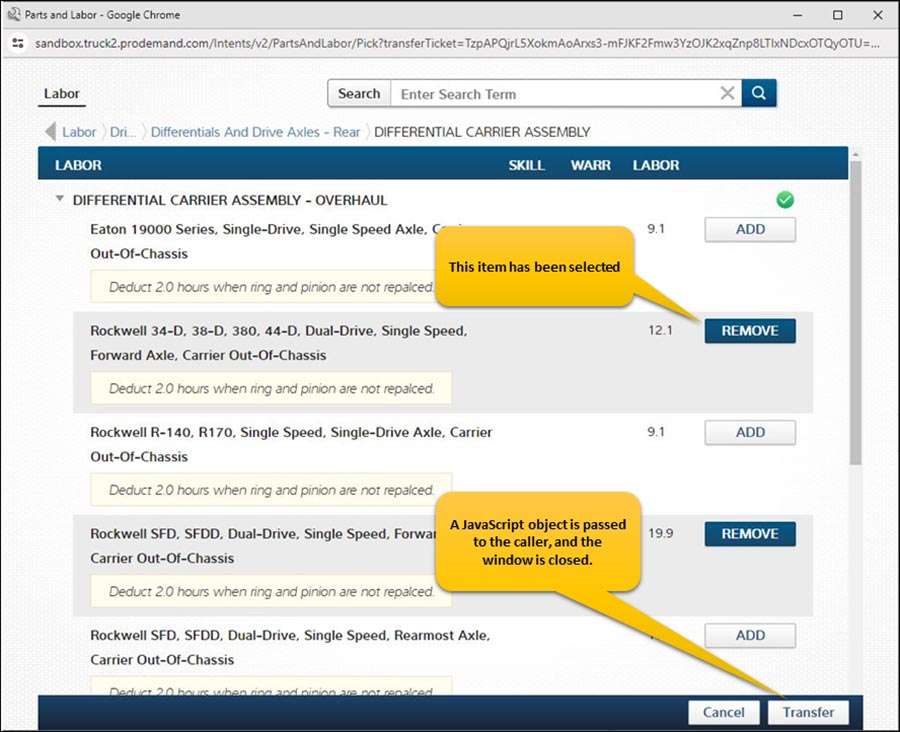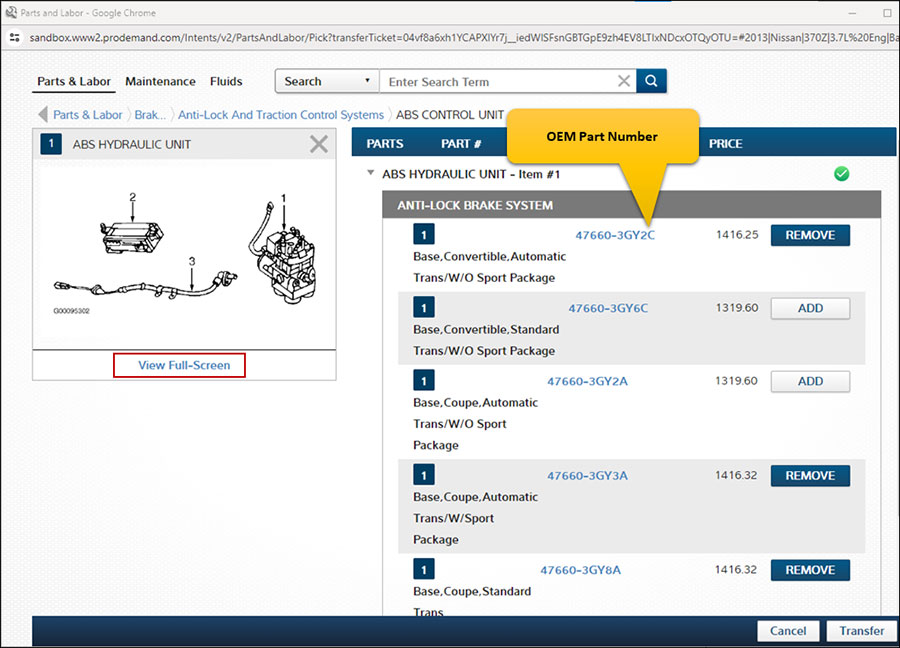
The operating conditions for the individual vehicles or the fleet vehicles in general, help to determine what systems need to be serviced and when. In addition, the truck service information source will point out specific components that need to be checked, lubricated, cleaned, or replaced during those services. As a result, the systems with regularly-scheduled maintenance get ongoing attention and minor concerns are typically corrected.
But what about all those incidental things that are not typically part of a regular service?
Over time and use, things wear or break. Does this scenario sound familiar: When you go to operate “this or that” in the truck, you need to push, wiggle, twist, hold, pound on, or make sure the stars are aligned in some way, in order to make your “this or that” work. Moreover, all the while you’re going through those antics you’re thinking, “I really need to get that looked at,” only to forget about it when the truck is in for service.
Eventually dealing with those incidental problems becomes part of the day. Granted, at times it can be expensive to take care of those minor inconveniences. Still, the problems are unlikely to fix themselves and more of their problem friends will sooner or later join the party. So, to help avoid all those incidental problems from accumulating, it may prove beneficial to the operator’s peace of mind and also to the vehicle’s longevity to check them and address any issues.
1) Mirrors and sun visors: Are the pivot points tight enough to hold the mirror or visor in place during operation? Do the pivot points also provide smooth movement? Obviously mirrors and visors that need constant readjustment are not only annoying, they can result in operator distraction and pose a safety issue.
2) Seat belts: Seat belts have a way of getting stiff and frayed. Check the appropriate truck repair information resource, like TruckSeries from Mitchell 1, to verify seat belts are in proper working order.
3) Seat adjusters: Check for smooth and full range of motion for the seat adjustments.
4) Interior lights: Ensure all the various lights inside the cab are operational.
5) Door handles: Ensure the handles for opening the doors, internally and externally, work smoothly. Check that the door pull shut handles are secure with no missing attaching hardware or broken handles.
6) Door hinges: Lubricate as recommended with appropriate lubrication. Check for hinge wear and to see if door is misaligned from wear or damage.
Of course these are just a few of the areas where problems can form. In addition to your truck service information software, another great resource that can help to identify minor vehicle annoyances is the driver. The driver will have a good idea of what does not work properly and will be more than happy to have those little annoying issues corrected.
Want to learn about TruckSeries?
Request a FREE DEMO today!






